Elio Throws Financial Hail Mary With NASDAQ IPO Filing

The past year hasn’t been particularly kind to Elio Motors, the startup trying to launch an economical enclosed-tandem, front-wheel drive three-wheeler. The company seems to be no closer to starting production and in fact has shuttered most of their operations, including assembly of their production-validation prototypes, and laid off most of their staff, to concentrate on raising the money they need to start building trikes.
For a while Elio was flying high. They had over 60,000 reservations and a Reg A+ stock offering raised $16 million. That stock quadrupled in price and briefly gave the company a billion-dollar valuation. Then, starting late in 2016, a pattern started forming. Some kind of bad news for Elio would appear on folks’ screens, either another production delay, a SEC filing with ominous-sounding boilerplate, or local politicians in Louisiana, where Elio promised to start building vehicles in what was formerly a GM assembly plant in Shreveport, would start complaining about a lack of progress. The bad news would get amplified by Elio’s critics, and their over-the-counter stock price would take a hit. A year ago the OTC shares were pretty stable at around $20/share. Down from the high of $60, but still significantly above the initial offering price of $14/share. By the end of 2016, however, it had dropped to about $15/share and since then it’s had a series of drops to about $8, then $7 and most recently about $5/share. Elio seemed headed for penny-stock status, or worse.
Most recently, Elio had to get an extension on paying back money they owe the RACER trust, the corporate entity spun off from GM during its bankruptcy and bailout, organized to dispose of unneeded assets. Elio was also fined about a half-million dollars by the Louisiana Motor Vehicle Commission for what the commission, which appears to favor car dealers’ interests, said was operating as a manufacturer/dealer without a license. The issue at hand was the reservations that Elio has been taking from potential customers. Elio claimed that since no actual sales have been made, that the reservations simply represent a spot in line once production starts.
Regardless of the merits on both sides of that case, it’s quite clear that Elio has worn out its welcome in Caddo parish.
The slide in stock price appears, though, to have been at least temporarily arrested by a financial Hail Mary pass thrown by company founder Paul Elio. The other day Elio Motors filed an initial S 1 registration with the Securities and Exchange Commission, for an initial public offering of $100 million worth of stock to be traded on the NASDAQ exchange. That $100 mil would still keep Elio about a quarter-billion dollars shy of what they say they need to start production, and dangling that IPO carrot may or may not reverse the cratering OTC share price. After Elio’s filing, the over the counter share price initially went up about 60% to $8.40 but has since come back down to $6.30 as of this writing.
I’m sure that the upcoming IPO gives Paul Elio and what remains of his team hope but I’ve said all along, getting to production was going to be a long shot for Elio Motors. After some boom years, the American passenger-vehicle market has slowed. Even when it was booming, the stock prices for the American automakers didn’t reflect that. Investors put their money elsewhere. Now that the overall market is shrinking, if investors are shying away from Ford, which made about $10 billion last year, I don’t see the market embracing Elio’s IPO.
Still, for a few weeks it appeared that Elio Motors was circling the drain but maybe, just maybe, this IPO will turn things around.
Image Source: OTCMarkets.com

Ronnie Schreiber edits Cars In Depth, the original 3D car site.
More by Ronnie Schreiber
Latest Car Reviews
Read moreLatest Product Reviews
Read moreRecent Comments
- MaintenanceCosts Whenever the topic of the xB comes up…Me: "The style is fun. The combination of the box shape and the aggressive detailing is very JDM."Wife: "Those are ghetto."Me: "They're smaller than a Corolla outside and have the space of a RAV4 inside."Wife: "Those are ghetto."Me: "They're kind of fun to drive with a stick."Wife: "Those are ghetto."It's one of a few cars (including its fellow box, the Ford Flex) on which we will just never see eye to eye.
- Oberkanone The alternative is a more expensive SUV. Yes, it will be missed.
- Ajla I did like this one.
- Zerofoo No, I won't miss this Chevrolet Malibu. It's a completely forgettable car. Who in their right mind would choose this over a V8 powered charger at the rental counter? Even the V6 charger is a far better drive.
- Offbeat Oddity Nope, I won't miss it. I loved the 2008-2012 Malibu, but the subsequent generations couldn't hold a candle to it. I think the Impala was much more compelling at the end.





















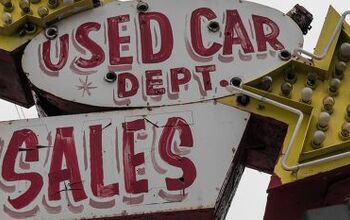
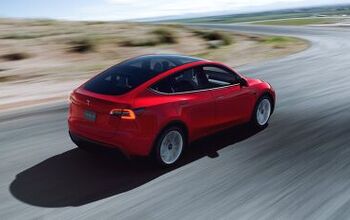



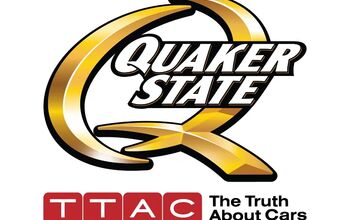

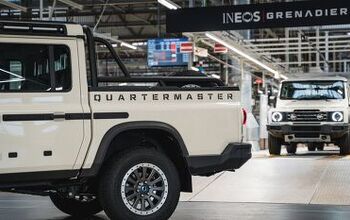

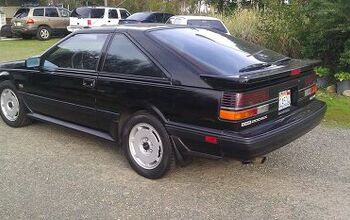



Comments
Join the conversation
Given the market shift to CUV's and the driving habits of the...wonderfully intelligent people, who own them, I wouldn't feel safe for a second in something like that as a daily commuter.
Seems like there's always someone trying to come up with a successful three-wheel, enclosed-motorcycle, cheap commuter vehicle. The ingredients sound simple enough, saving money by using a three-wheel configuration, but my guess is that once the threshold is crossed into the real car world equipment and features, well, costs just get too close to those of the volume manufacturers who have been at it for decades. Even though it's a completely different category, I consider it a minor miracle that Elon Musk has had the success he's had. Maybe at some point he'll give the cheap commuter vehicle a try.